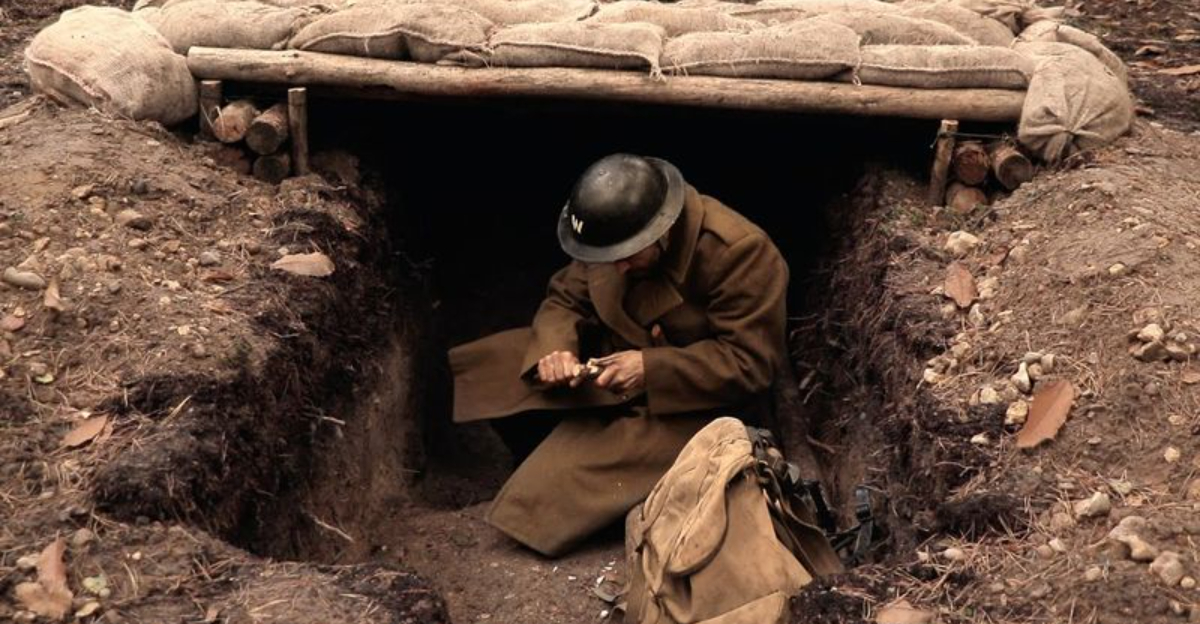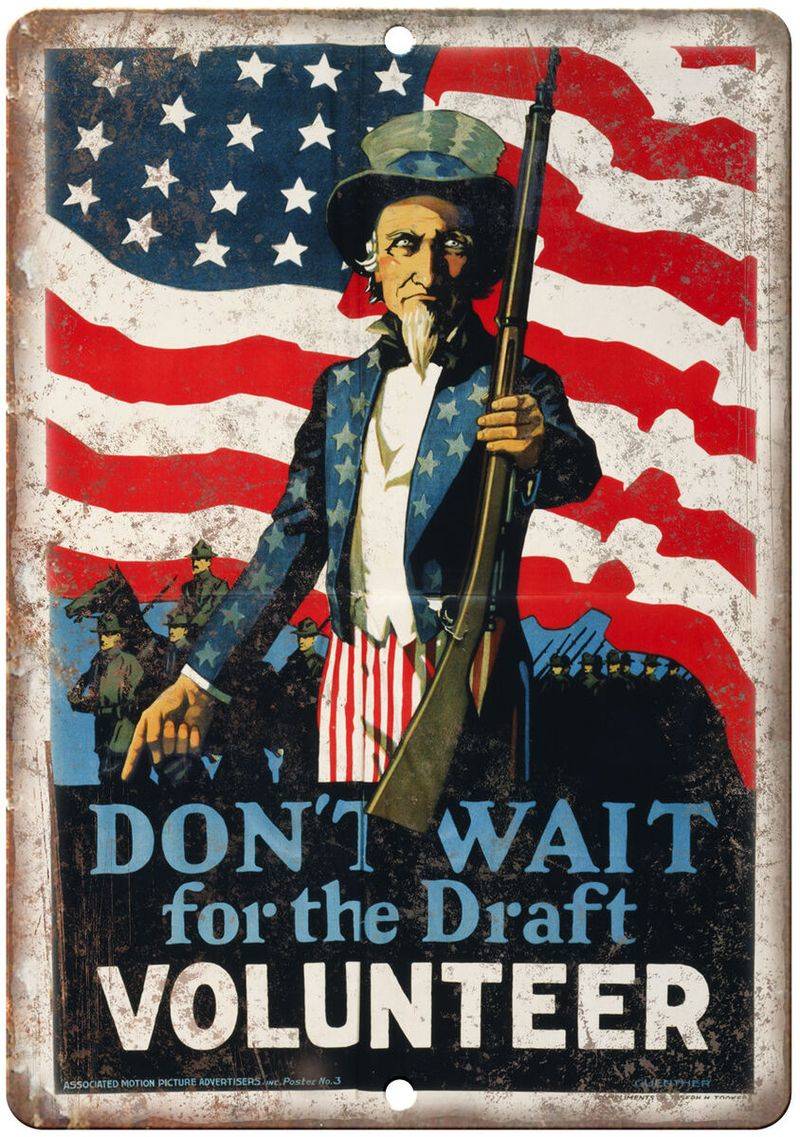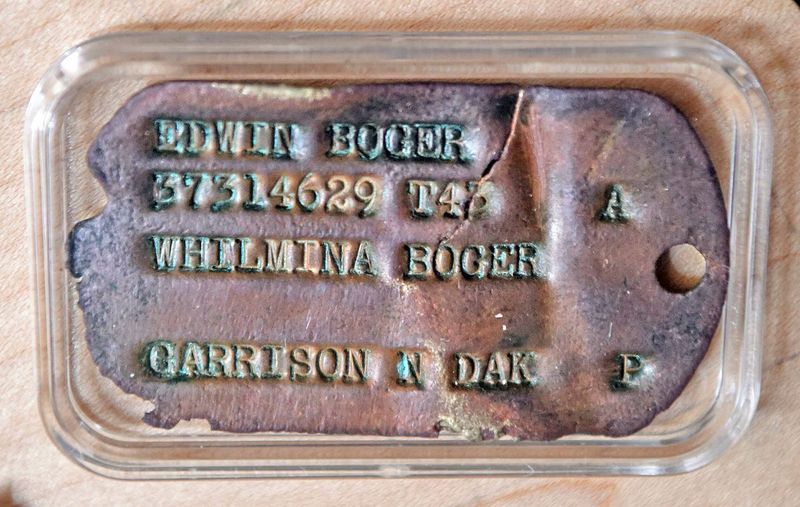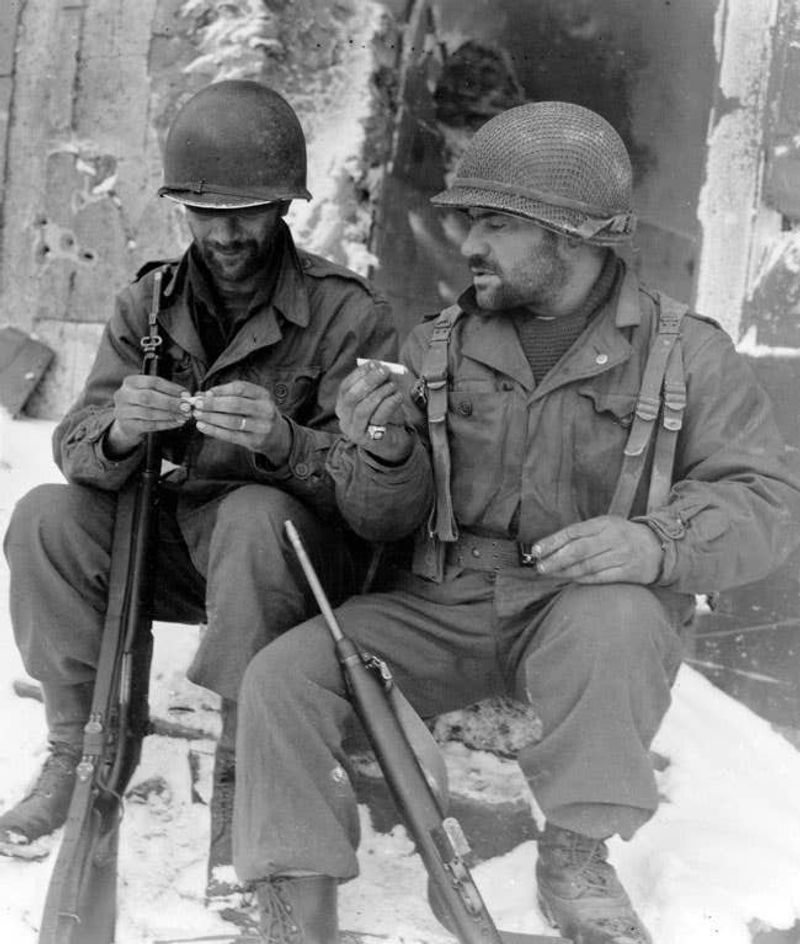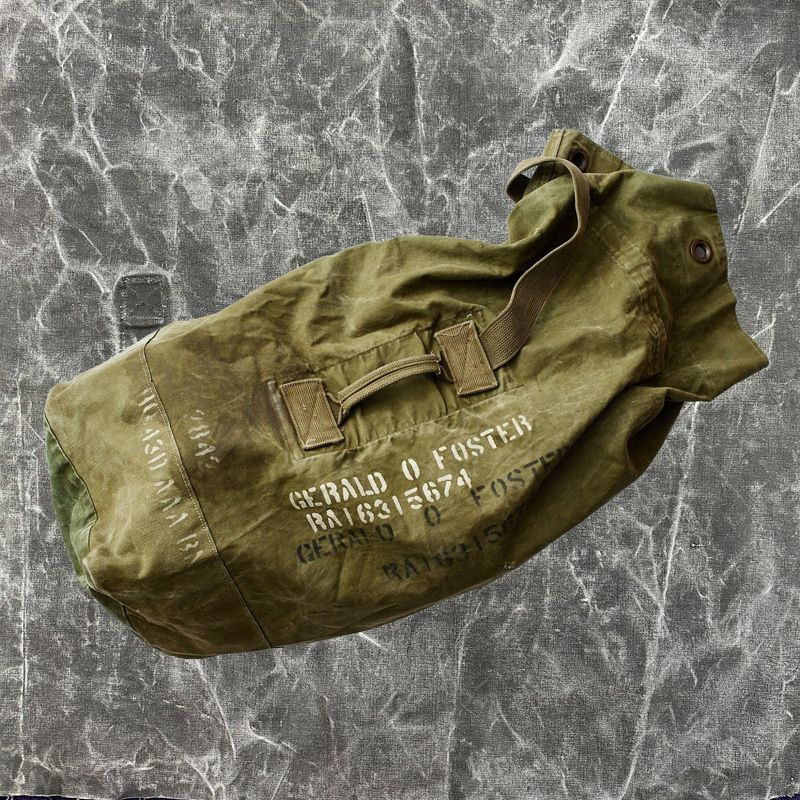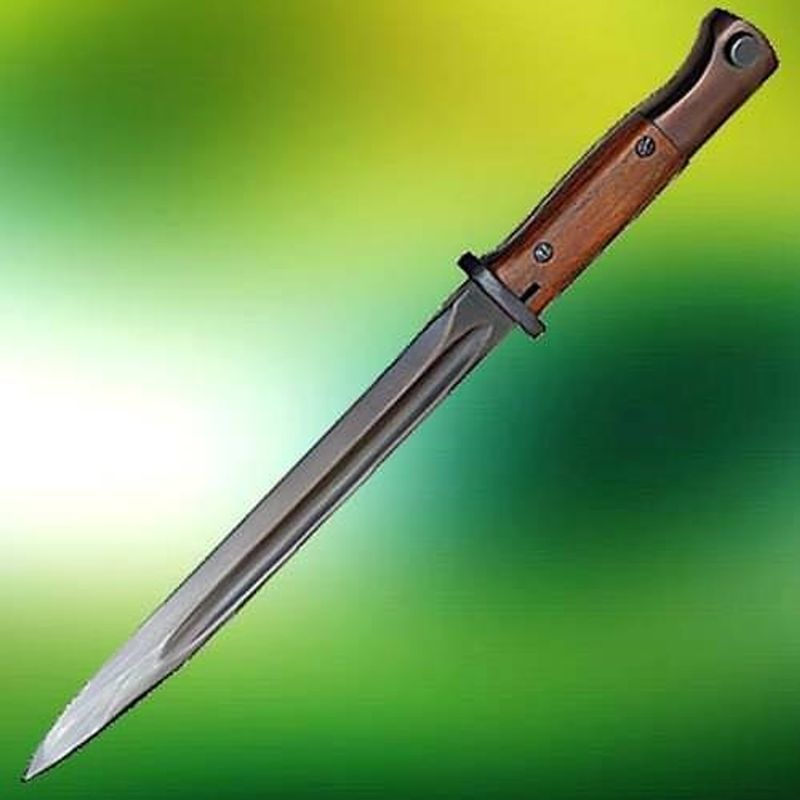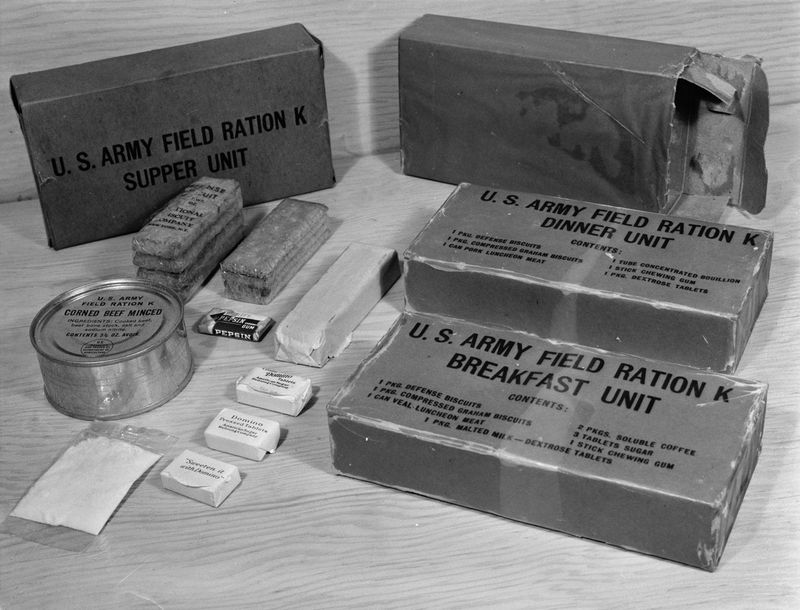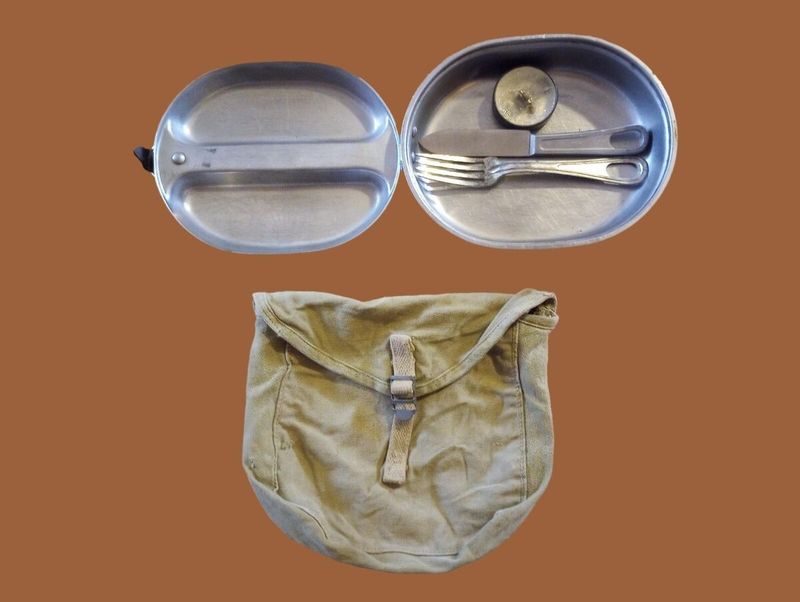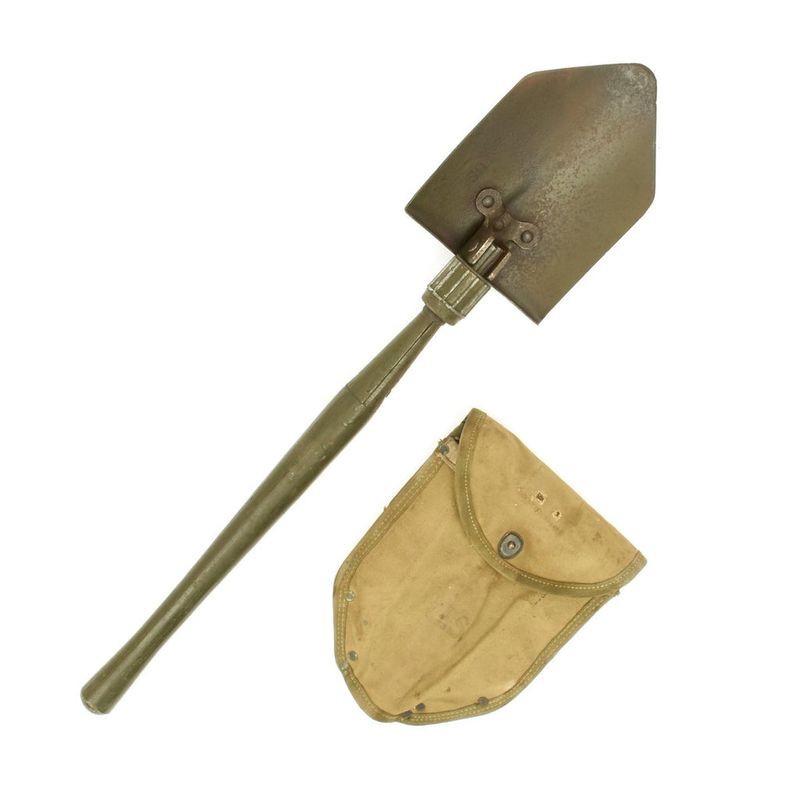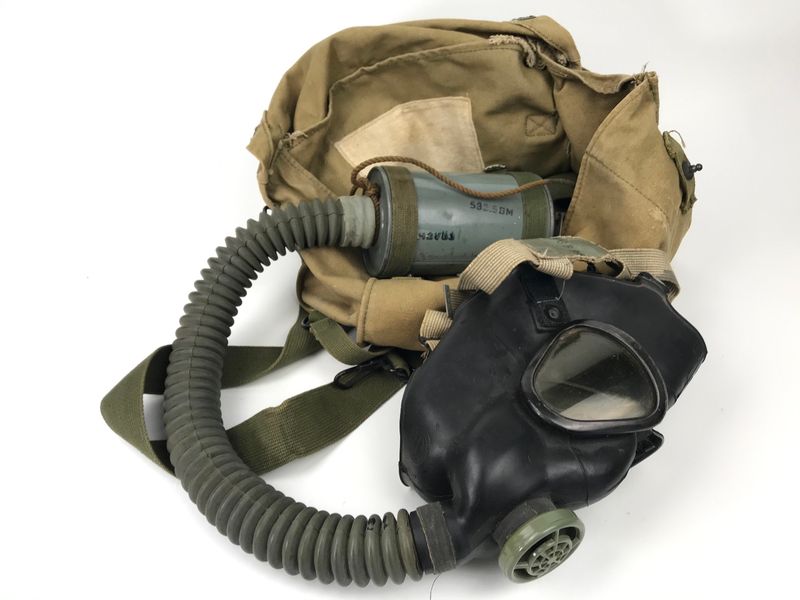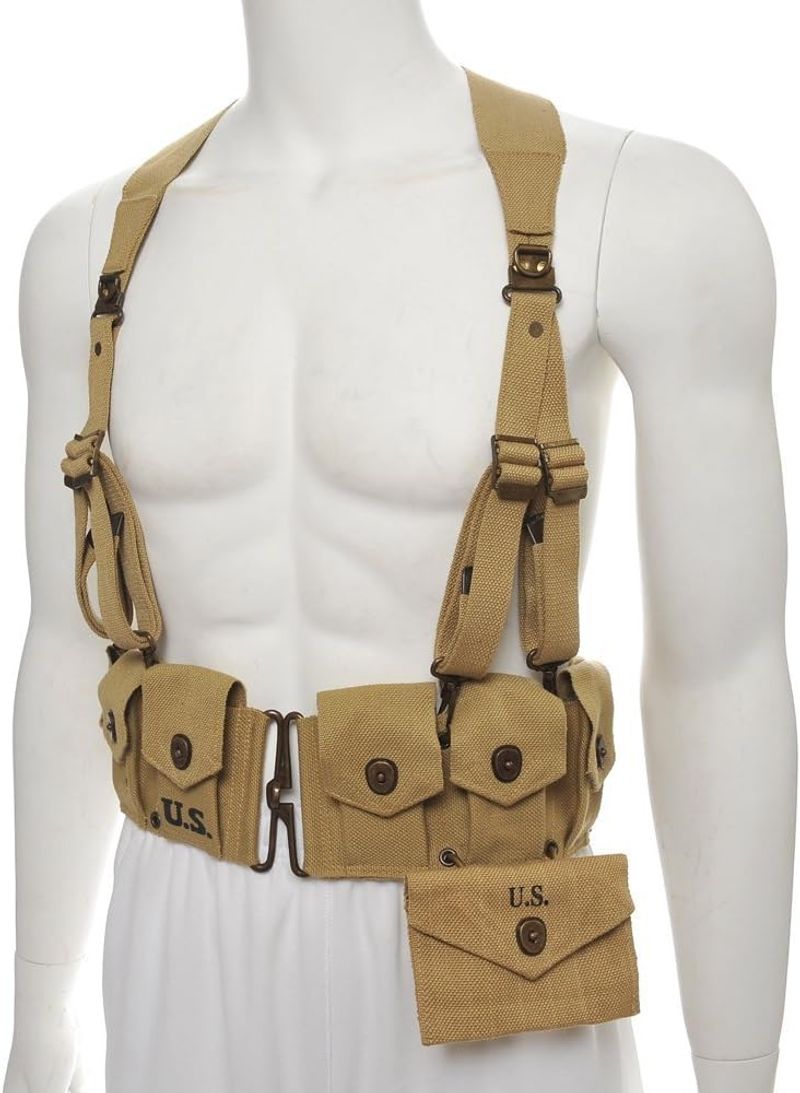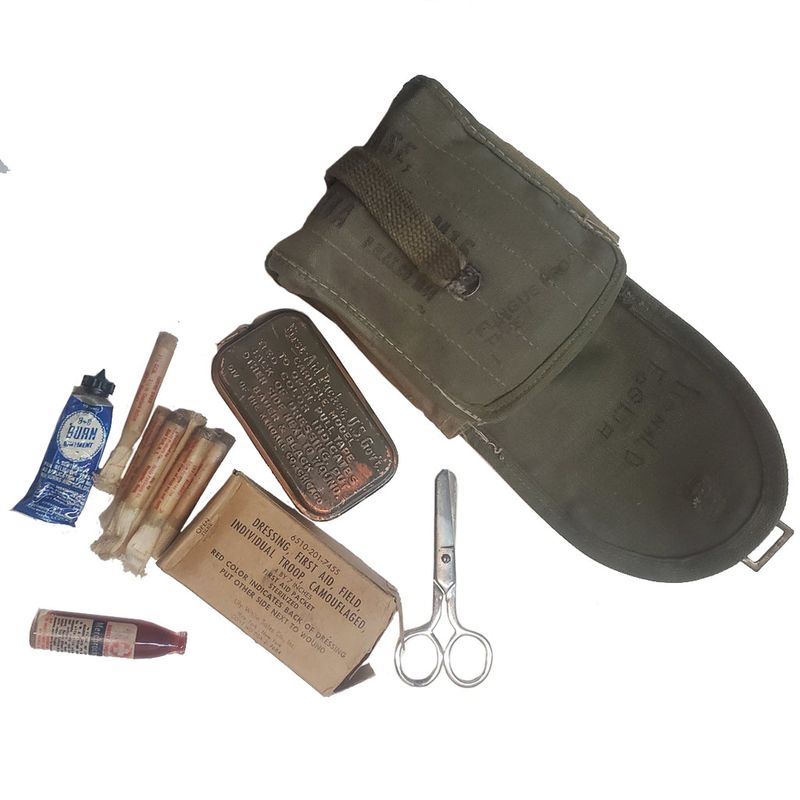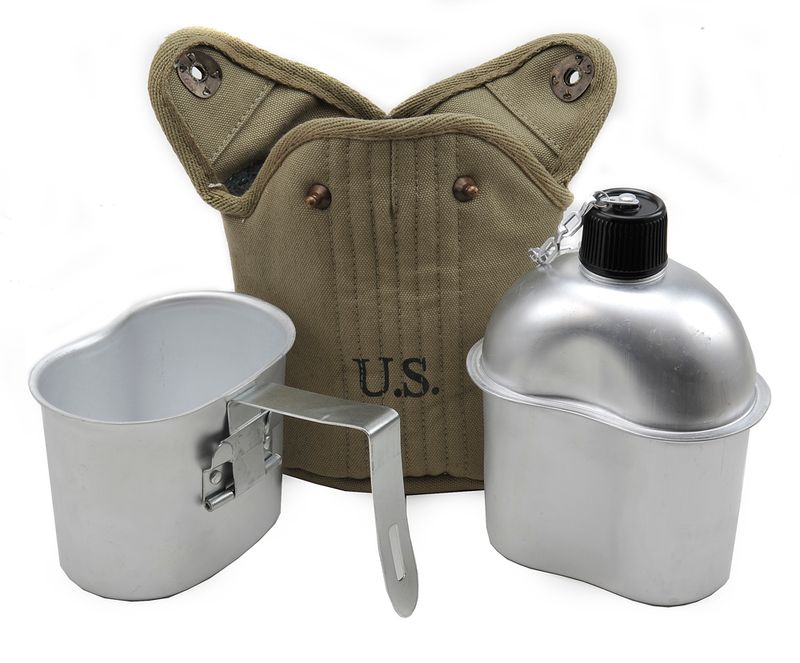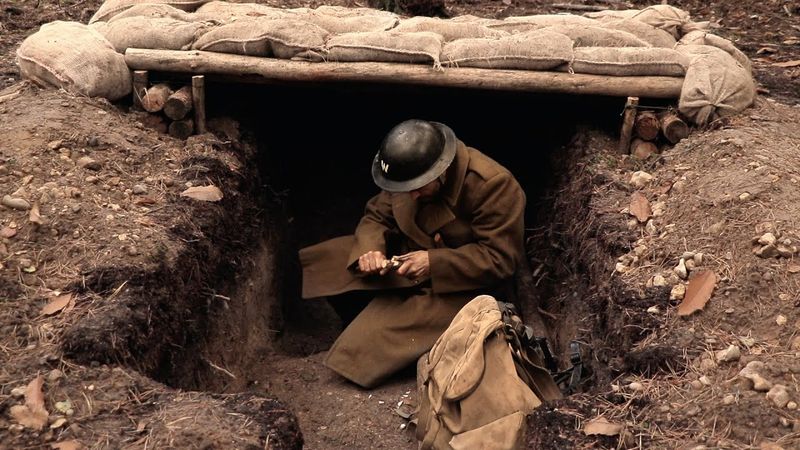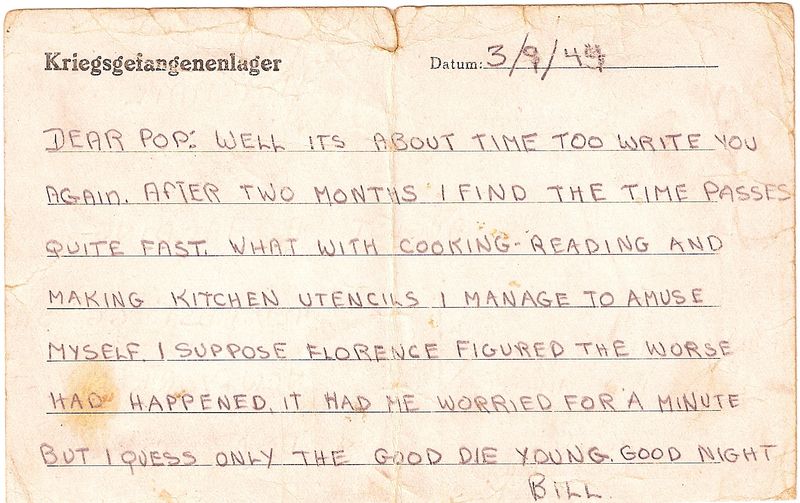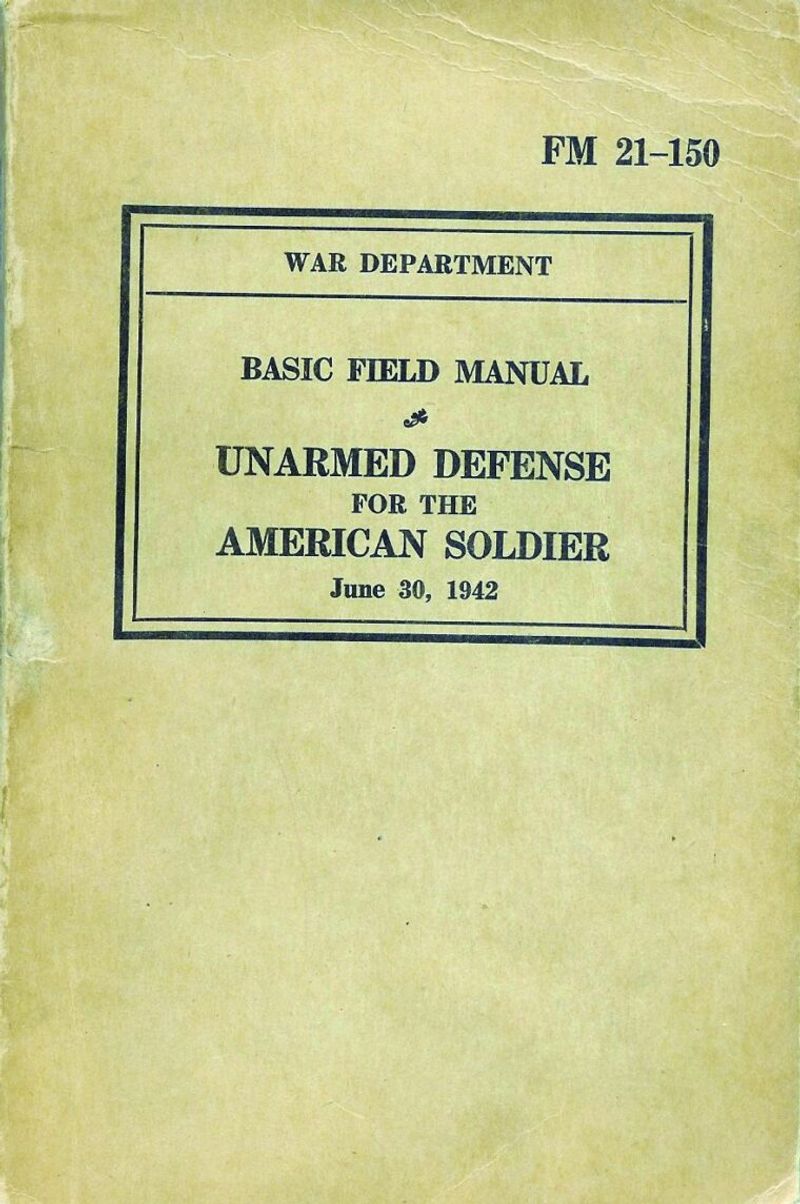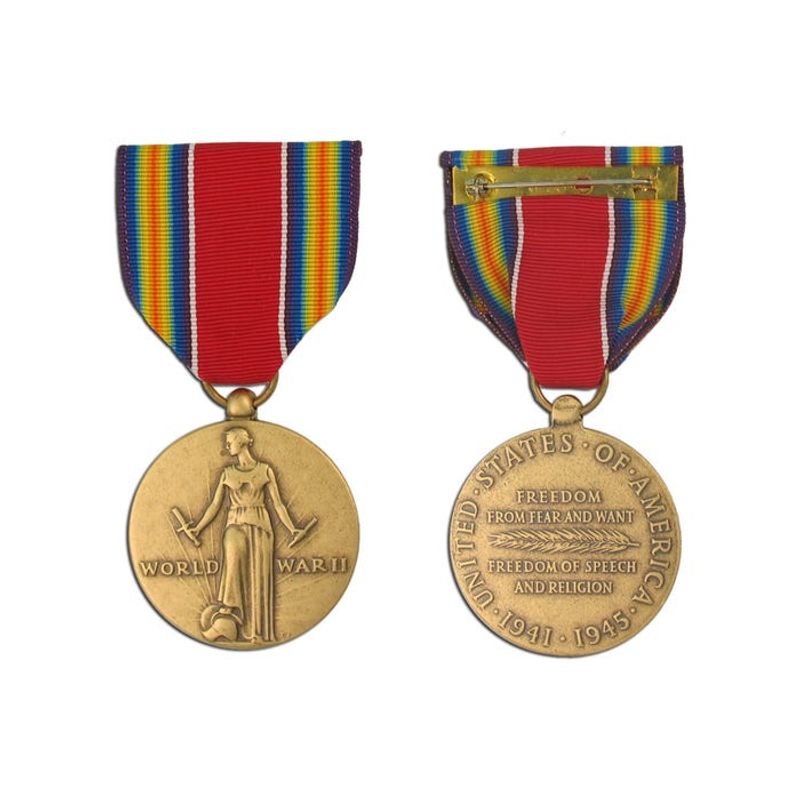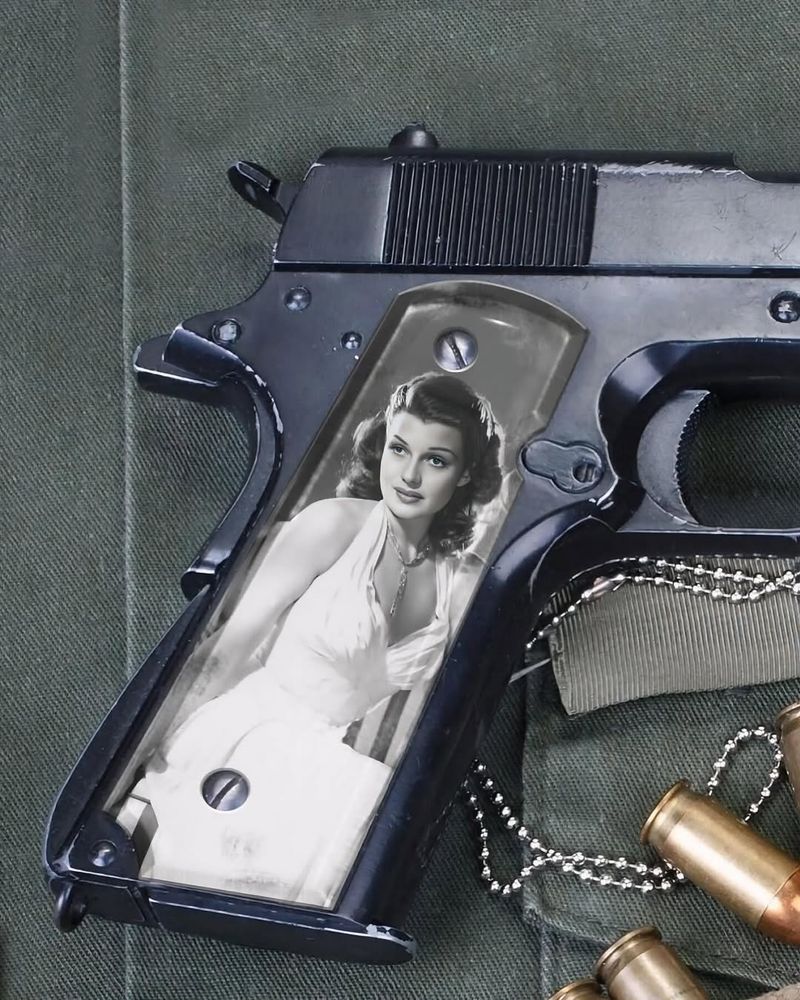During World War II, soldiers faced a journey fraught with challenges, camaraderie, and a sense of duty.
From the moment they enlisted, through the battles they fought, their experiences were both harrowing and inspiring.
This article delves into 20 key elements that defined the life of a WWII soldier.
1. Draft Notice or Recruitment Poster
Imagine receiving a letter that changes your life’s course overnight. Draft notices were the call to arms for millions. Young men, often barely out of high school, were summoned to serve. Recruitment posters, vibrant and persuasive, adorned city walls, urging enlistment. They depicted brave soldiers and patriotic messages. For many, this was the first step into an unknown world, filled with fear and excitement. These notices symbolized duty and national service.
2. Dog Tags
Dog tags were more than just metal pieces; they were a soldier’s identity. Worn at all times, these tags bore essential details like name, serial number, and blood type. In the chaos of battle, they ensured identification. Soldiers often personalized them with religious symbols or lucky charms. Losing one’s dog tags was considered bad luck. These small, jingling tags were a constant companion, a reminder of home and personal history.
3. Steel Pot Helmet (M1 Helmet)
The M1 helmet was a soldier’s trusted protector. Known for its distinctive shape and durability, it shielded countless lives from shrapnel and debris. This steel pot was more than headgear; it served as a seat, a cooking pot, and even a washbasin. Painted with unit insignias, it expressed identity. Soldiers grew attached to their helmets, marking them with battles fought. Its versatility and resilience made it a symbol of the WWII soldier’s grit.
4. Military Duffle Bag
Packed with essentials, the military duffle bag was a soldier’s lifeline. It carried uniforms, personal items, and memories from home. This cylindrical bag, made from durable canvas, was thrown over the shoulder during travels. Soldiers marked their bags with names and units, a personal touch amidst uniformity. The duffle bag witnessed every journey a soldier took, from barracks to frontlines. It was a faithful companion throughout military service.
5. Standard-Issue Field Uniform
The field uniform was a soldier’s second skin. Made from tough materials, it was designed for durability and camouflage. Olive drab in Europe, khaki in the Pacific, it adapted to different theaters. Pockets were filled with rations, maps, and personal mementos. As uniforms absorbed the mud and sweat of battle, they became a testament to the soldier’s resilience. Despite their utility, these uniforms also bore the weight of war stories untold.
6. M1 Garand Rifle
The M1 Garand rifle, robust and reliable, was a soldier’s constant companion in battle. Its semi-automatic action provided a crucial edge, enabling rapid fire against the enemy. Soldiers trained rigorously to master its use. The rifle’s distinctive ping sound, when empty, became iconic. It symbolized both power and vulnerability. Carrying this weapon, soldiers felt a blend of fear and confidence, as they navigated the harrowing experiences of war.
7. Bayonet
Attached to the rifle, the bayonet turned into a fearsome close-combat weapon. Its presence on the battlefield was both practical and psychological. In trench warfare or sudden ambushes, it provided an edge. Soldiers learned to attach and wield it swiftly. The bayonet’s glint was a reminder of the brutal reality of war. For many, it symbolized courage and survival, as well as the grim necessity of hand-to-hand combat. It was both feared and respected.
8. K-Rations
K-Rations were a soldier’s sustenance on the move. Compact and calorie-dense, these meals fit neatly in a pocket. Each box contained a day’s worth of nourishment: canned meat, biscuits, and sweets. Despite their practicality, the monotony of these meals wore on soldiers. Chocolate bars became a coveted treat. Sharing K-Rations was a gesture of camaraderie. Though far from gourmet, they were lifelines during long missions. Soldiers reminisced about their taste long after the war.
9. Mess Kit
A soldier’s mess kit was his dining set during wartime. Comprising a metal plate, cup, and utensils, it was compact and versatile. Used for eating and cooking, it bore the marks of many meals. Soldiers often engraved names or initials on them, personalizing these utilitarian tools. Cleaning them in cold streams or with limited water was a challenge. The mess kit was more than a meal companion; it was a piece of home amid uncertainty and chaos.
10. Entrenching Tool (Folding Shovel)
The entrenching tool, a folding shovel, was a soldier’s essential for survival. Lightweight yet sturdy, it was used to dig foxholes and trenches. These tools doubled as hammers and even weapons in desperate times. Compact when folded, they were easily carried. Digging a foxhole offered temporary refuge from danger. Many soldiers credited their survival to these makeshift shelters. The shovel bore witness to the soldier’s ingenuity and the harsh demands of warfare.
11. Gas Mask & Carrier
A grim reminder of chemical warfare, the gas mask was mandatory gear. Stored in a canvas carrier, it was always within reach. Soldiers trained to don masks swiftly, often in drills that mimicked real attacks. Though rarely used, the presence of a gas mask was a stark reminder of potential threats. It represented preparedness and the looming specter of chemical danger. The mask’s rubbery smell and tight fit were unforgettable, lingering memories of vigilance.
12. Combat Boots
Sturdy and reliable, combat boots carried soldiers through every terrain. Designed for endurance, they withstood mud, snow, and endless marches. The boots’ leather softened over time, molding to each soldier’s feet. Maintaining them was crucial; a soldier’s mobility depended on their condition. Stories of blistered feet and broken laces abound. Beyond utility, they symbolized a soldier’s journey across continents. Each scuff and tear told tales of battles fought and paths crossed.
13. Ammo Bandolier or Cartridge Belt
Essential for carrying ammunition, the bandolier or cartridge belt was a soldier’s lifeline in battle. Worn across the chest or waist, it ensured quick access to rounds. Soldiers learned to reload swiftly, a skill often tested under fire. Each pocket filled with bullets was a reminder of the stakes at hand. Beyond practicality, it represented readiness and the weight of responsibility. In the chaos of combat, these belts were crucial for survival and success.
14. First Aid Kit
Compact yet vital, the first aid kit was a soldier’s immediate medical resource. Packed with bandages, antiseptics, and pain relief, it provided crucial care. Soldiers were trained in basic first aid, ready to assist comrades. The kit’s contents were a reminder of the ever-present threat of injury. Beyond its practicality, it symbolized hope and resilience. In dire moments, a simple bandage could mean the difference between life and death.
15. Canteen & Cup
Hydration was key, and the canteen was a soldier’s constant companion. Made of metal, it was durable yet lightweight. The accompanying cup served multiple purposes, from drinking to boiling water. Soldiers often personalized their canteens, etching names or slogans. Access to clean water was a luxury, making the canteen invaluable. Beyond its function, it symbolized survival and adaptability. In the heat of battle or the quiet between, its presence was reassuring.
16. Foxhole
A foxhole was a soldier’s sanctuary amid chaos. Dug quickly with entrenching tools, these pits provided cover from enemy fire. Reinforced with sandbags or wood, they became temporary homes. Sharing a foxhole fostered bonds; soldiers learned to rely on each other. In these cramped spaces, they found fleeting moments of safety. The foxhole was a testament to a soldier’s ingenuity and will to survive. It was both a refuge and a reminder of the ever-present danger.
17. Letters from Home
Emotional lifelines, letters from home were treasured by soldiers. They carried news, love, and encouragement, bridging the gap between battlefield and home. Reading them offered solace and a brief escape. Soldiers often reread letters, finding comfort in familiar handwriting. Writing back, they shared experiences and reassured loved ones. These exchanges were vital for morale. Beyond words, letters symbolized hope and connection, reminding soldiers of what they were fighting for.
18. Field Manual
A soldier’s guide to war, the field manual contained crucial information. Covering tactics, survival, and regulations, it was essential reading. Soldiers studied it diligently, absorbing strategies and rules. Beyond its practical use, the manual instilled discipline and confidence. Annotations and dog-eared pages reflected personal experiences. It was a cornerstone of military education, shaping a soldier’s approach to challenges. The field manual was a testament to the importance of knowledge and preparation.
19. Victory Medal or Campaign Ribbon
Symbols of honor, medals and ribbons recognized a soldier’s service and bravery. Each ribbon told a story of campaigns and battles fought. Soldiers wore them with pride, reminders of their contributions. Medals recognized valor and sacrifice, resonating with personal significance. For many, they were cherished keepsakes, passed down through generations. Beyond appearance, they represented resilience and dedication. These accolades were tangible proof of a soldier’s enduring legacy.
20. Photo of Loved Ones
A small yet powerful reminder of home, photos of loved ones were a soldier’s cherished possession. Tucked in helmets or wallets, they offered strength and motivation. In moments of fear or loneliness, these images provided comfort. Soldiers often shared stories about those pictured, keeping memories alive. Beyond their emotional value, photos connected soldiers to their pre-war lives. They symbolized hope and the personal sacrifices made, grounding soldiers amid the chaos of war.
